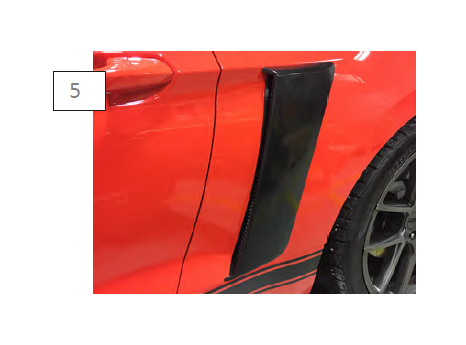Guaranteed 12/24 Delivery Still Available see item page for details! available on most items - Details
How to Install MP Concepts Side Scoops - Unpainted on your Mustang

Shop Parts in this Guide
Wash the rear quarter panels with soap and water. Allow the panel and surrounding area to dry. **Recommended: Wipe the panel down with isopropyl alcohol to ensure the cleanest surface possible.
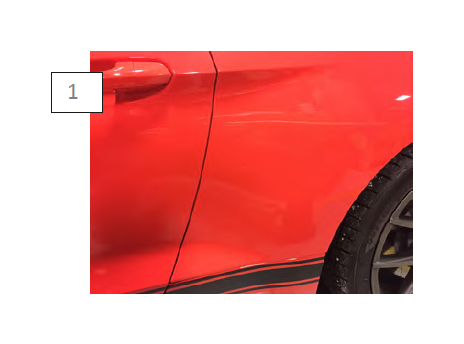
Apply the supplied 3M tape to the scoop insert. Test fit the insert on the scoop to familiarize yourself with how it fits. The insert edges need to be flush with the scoop otherwise, the scoop will not fit correctly.
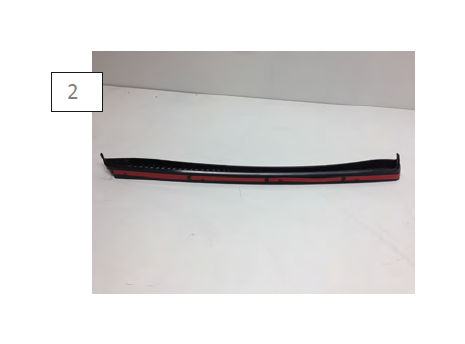
Remove the tape backing and install the insert onto the scoop.
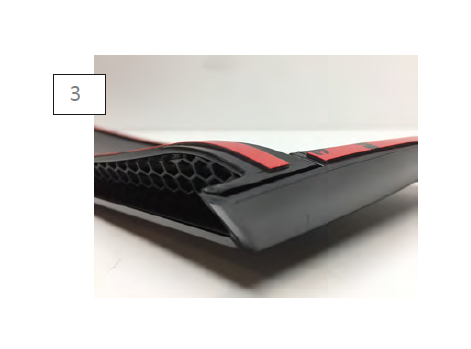
Apply the supplied 3M tape to the scoop as seen above.
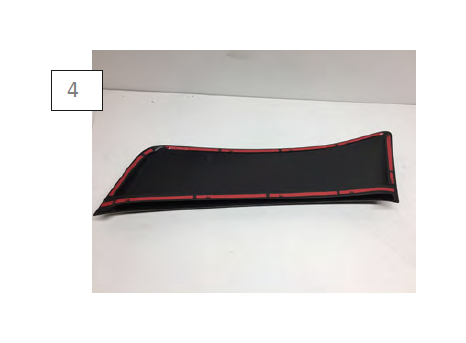
Test fit the scoop before removing the tape backing. Once your comfortable with how the scoop fits, remove the tape backing. Apply firm even pressure to ensure proper adhesion.
